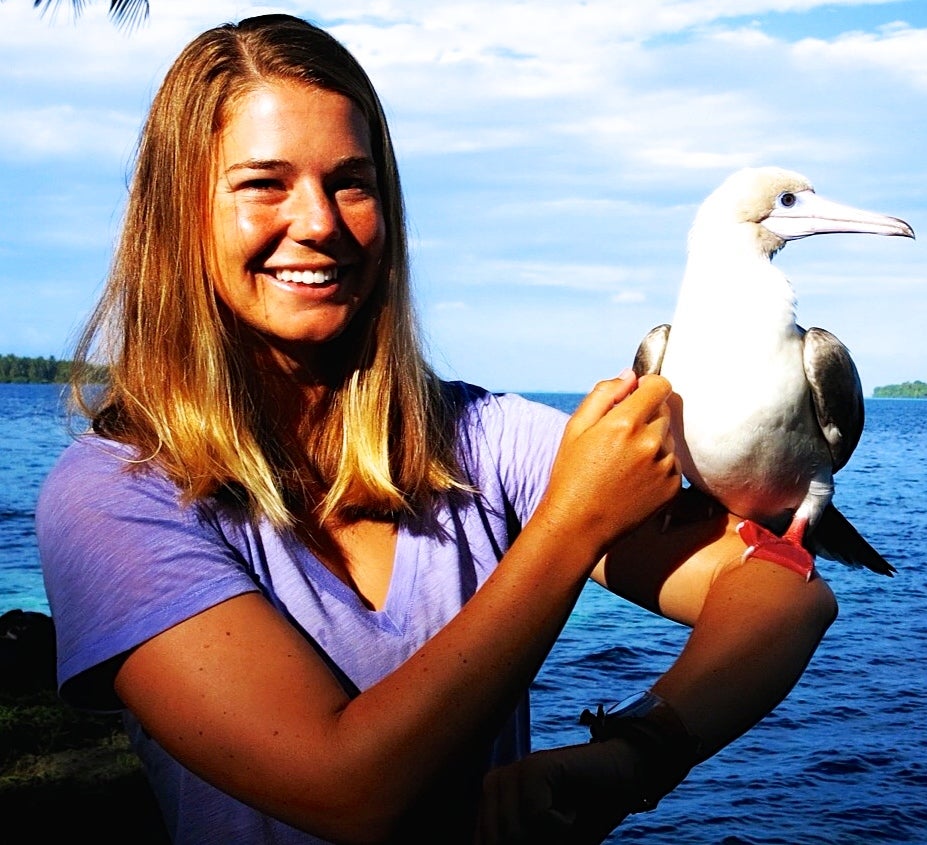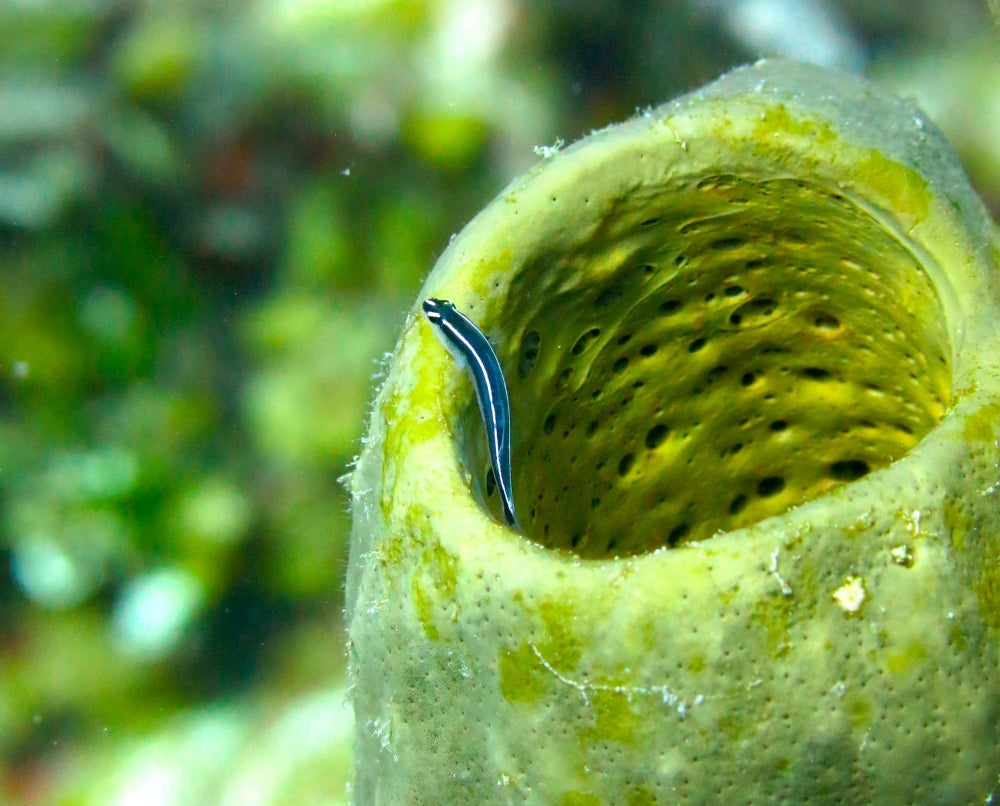Connecting Marine Reserves

Neon gobies — small marine fishes that reside in the Caribbean and in the Gulf of Mexico — stick close to home. Even as babies, they don’t venture far from their parents, and that could mean trouble for their biodiversity.
The results of a massive field effort on the Belizean Barrier Reef suggests that if marine protected areas aim to more broadly conserve such fishes and biodiversity, they must be spaced closely enough to allow larvae to broadcast successfully between them. The research was conducted by a team of biologists, including UC Santa Barbara's Robin Francis. Their findings appear in the Early Edition of the Proceedings of the National Academy of Sciences.
“For reserves to conserve marine biodiversity most effectively, they must be embedded in networks that are connected so that marine life from one reserve can repopulate other reserves,” explained co-author Francis, who helped conduct the research when she was a junior research specialist at UC Santa Barbara. “Shorter distances between protected areas allow for genetic connectivity.”
For their study, the researchers collected thousands of tissue samples from neon goby parents and offspring along 25 miles of the Belizean Barrier Reef to determine how far those offspring traveled. They found that larvae typically scattered no more than about one mile from their parents and in no cases more than about 10 miles. Although the study looked at only one species, gobies are one of the most diverse families of ocean fishes with more than 2,000 species.
“Before our study, we didn’t have a deep, quantitative understanding of how far fish larvae do and do not disperse from their parents,” said co-author Peter Buston, an assistant professor at Boston University and a former postdoctoral scholar at the National Center for Ecological Analysis and Synthesis. “If we’re going to design effective networks of marine reserves, we need to know how far baby fish can and cannot travel. Our study suggests that for fishes like the neon gobies, protected areas may need to be close together and that large marine reserves will need steppingstone reserves to help some fishes disperse between them.”
A growing body of scientific research has demonstrated that marine protected areas — particularly no-take marine reserves that exclude activities like fishing — can increase biodiversity and sustain fisheries within the reserves, often with spillover benefits to surrounding areas. But despite the decline of coral reefs and fisheries worldwide, only 3.5 percent of the ocean is protected and only 1.6 percent consists of fully protected no-take zones.
In October, the Pacific Island nation of Palau announced the designation of a large-scale marine reserve in its waters. It followed New Zealand and Chile, which took the same action last year, as did the United States when President Obama expanded the Pacific Remote Islands Marine National Monument. Such large reserves can provide habitat for a wide variety of species; however, most marine reserves remain much smaller.
Lead author Cassidy D’Aloia, now at the University of Toronto, noted that marine life still needs to travel among reserves. “If reserves are connected and a catastrophe occurs in one, then that population could potentially be rescued by larvae from another reserve,” she said.
“This project is particularly exciting because before this data set, the distance that fish larvae were traveling was expected to be far larger, owing to previous-held ideas that ocean currents were the dominant factor determining where and how far fish larvae ended up from their parents,” Francis concluded. “With conservation in mind, we may need to consider other factors besides the physical oceanographic attributes when designing the connections between marine preserves.”




